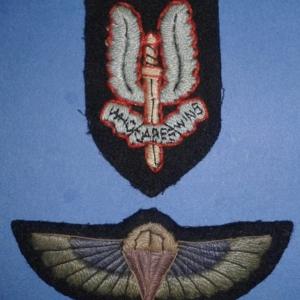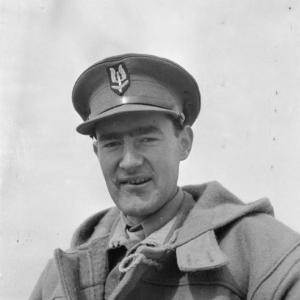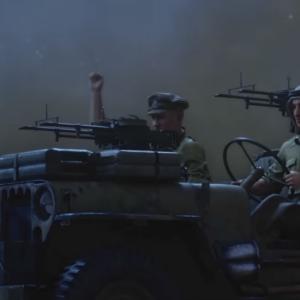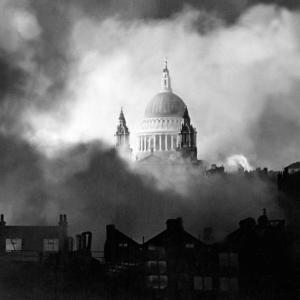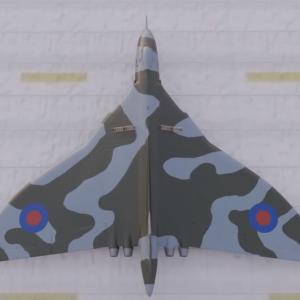
Anti Aircraft division ww2
During the Second World War, Britain’s ability to withstand the relentless bombing campaigns of the German Luftwaffe was due in no small part to the tireless efforts and sophisticated organization of its anti-aircraft defences. Central to this defence system was the Anti-Aircraft Command, established in 1938 under the command of General Sir Frederick Pile. This corps was a vast network comprising Royal Artillery units, elements of the Royal Engineers, members of the Auxiliary Territorial Service, and the Home Guard. Their collective mission was to protect key strategic sites—factories, ports, airfields, and cities—from aerial bombardment, particularly during the Blitz between 1940 and 1941.
At the heart of Britain’s anti-aircraft capability was the QF 3.7-inch gun, the most widely used heavy anti-aircraft gun by the British Army during the war. This weapon could fire a 28-pound shell up to an altitude of 32,000 feet, placing it within range of most Luftwaffe bombers. Initially introduced in the 1930s, the 3.7-inch gun was gradually improved through the war, with its later versions benefitting from radar-controlled fire and automatic predictors that greatly enhanced accuracy. These guns were deployed in fixed emplacements around key urban and industrial targets and also on mobile platforms for flexible deployment.
Complementing the 3.7-inch gun was the smaller QF 40 mm Bofors gun, a rapid-fire weapon used primarily against low-flying aircraft and dive bombers. The Bofors was capable of firing up to 120 rounds per minute and was often operated by the Royal Artillery Light Anti-Aircraft (LAA) regiments. It became one of the most respected anti-aircraft guns of the war, renowned for its reliability, mobility, and lethality at lower altitudes. These weapons often accompanied British forces overseas as well, ensuring protection from air attack in various theatres.
Alongside these, Britain also made use of the older QF 3-inch 20 cwt gun, a relic from the First World War. While less powerful than the 3.7-inch model, it remained in service during the early war years, particularly in the defence of industrial towns. These guns were often replaced or supplemented as more advanced systems became available, but their presence helped form the early backbone of home defences.
The effectiveness of the anti-aircraft corps was significantly boosted by developments in radar technology. The use of the GL Mk. I and later GL Mk. II gun-laying radar systems allowed for the detection and tracking of enemy aircraft at greater distances and with much-improved precision. This data was fed into mechanical predictors—analog computers like the Kerrison Predictor—that calculated the correct elevation and azimuth settings for the guns. These innovations marked a turning point in anti-aircraft warfare, allowing gunners to engage enemy planes even at night or in poor visibility.
The Anti-Aircraft Command was not solely a professional military organization. The demands of total war led to the integration of the Auxiliary Territorial Service (ATS), whose female members operated radar, plotting instruments, and communication lines. Although they were not permitted to fire the guns themselves, their role in the detection and coordination process was critical. By 1943, over 70 percent of heavy anti-aircraft gun sites in Britain were mixed-gender, reflecting the changing nature of wartime service and the increasing reliance on women in operational roles.
Defensive coordination was further strengthened by a comprehensive control network linking gun sites with Operations Rooms. These were responsible for processing information from the Chain Home radar system and observer reports to plot incoming raids and direct gunfire appropriately. The guns were typically positioned in belts around key targets, and many cities such as London, Liverpool, and Coventry had multiple layers of anti-aircraft coverage. Balloons from the Balloon Command were also deployed to deter low-flying aircraft from entering protected airspace, adding an extra layer of aerial obstruction.
Despite these efforts, shooting down enemy aircraft with ground-based fire remained a difficult task. The success of anti-aircraft fire was often measured more by its deterrent and disruptive effect than by sheer numbers of aircraft destroyed. Shell bursts forced bombers to alter altitude or course, reduced bombing accuracy, and imposed psychological strain on enemy aircrews. Nonetheless, confirmed kills were not uncommon, particularly in dense barrage zones or when supported by night fighters from RAF Fighter Command.
As the war progressed, the experience and sophistication of the anti-aircraft units increased. Mobile units equipped with radar-directed 3.7-inch guns became more common, and training methods improved. By 1944, British anti-aircraft artillery had reached a level of effectiveness that posed a significant threat even to high-flying and fast aircraft like the V-1 flying bombs. In the defence against these so-called "doodlebugs," anti-aircraft guns were redeployed in strategic belts, with radar-guided fire and proximity fuzes playing a key role in intercepting the small, fast-moving targets before they could reach London and the south coast.
The British anti-aircraft defence corps was not without its challenges—misidentifications, limitations in ammunition supply, and the complexity of integrating new technologies under wartime pressure all posed serious difficulties. Nevertheless, their contribution to home defence, particularly during the darkest days of the Blitz, was essential in maintaining civilian morale and in blunting the Luftwaffe's strategic objectives. Through a combination of evolving technology, disciplined personnel, and tireless coordination, Britain's anti-aircraft defences formed a vital part of the national war effort, standing as a silent but powerful shield against the skies.

